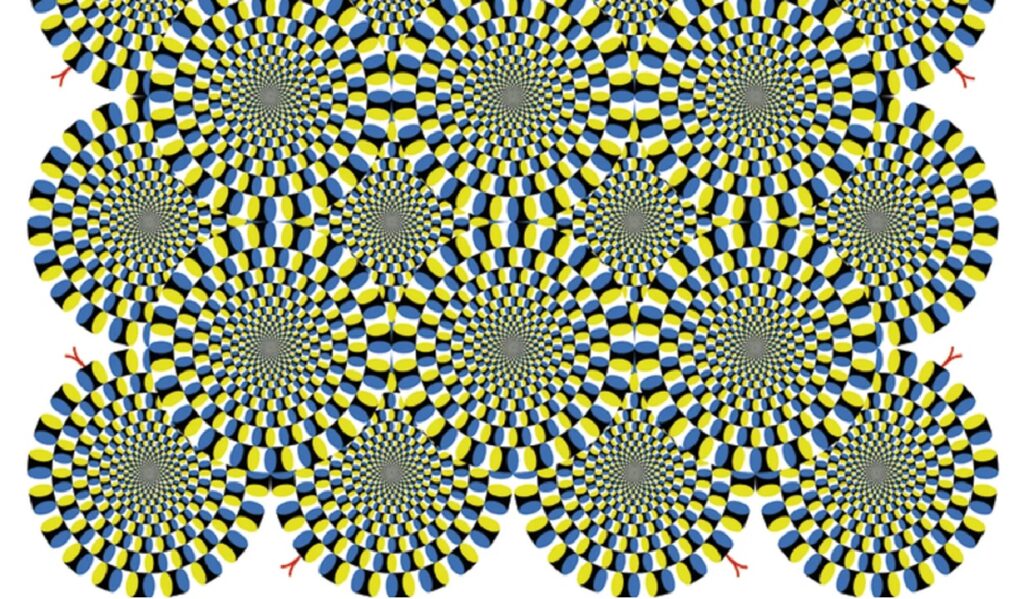Author: Akshay Published Date: June 3, 2025
Our minds are incredible processors of information, constantly interpreting the world around us. But sometimes, they get tricked—or tested. That’s where optical illusions and brain teasers come into play. While both are designed to challenge the brain, they do so in very different ways. Understanding the distinction between them can deepen our appreciation for how our minds work and how we perceive reality.
What Are Optical Illusions?
Optical illusions are visual tricks that deceive the eyes and brain. They create a perception that doesn’t match the physical reality. For instance, a static image may appear to move, or a straight line may look bent. These illusions play with elements like color, light, perspective, and patterns to confuse the brain’s normal interpretation mechanisms.
The key feature of an optical illusion is that it’s often instantly impactful—you see it, and your brain is fooled right away. These illusions demonstrate how our visual system interprets stimuli based on assumptions, not just raw input.
What Are Brain Teasers?
On the other hand, brain teasers are puzzles or riddles that require logic, reasoning, or lateral thinking to solve. Unlike optical illusions, they don’t rely on visual manipulation. Instead, they challenge your cognitive abilities—your memory, analytical skills, and problem-solving tactics.
Brain teasers often come in the form of math puzzles, word riddles, or tricky scenarios that make you think outside the box. They require active participation and sometimes a fair bit of patience to arrive at a solution.
How Do They Differ?
While both serve to stimulate the brain, the core difference lies in how they do it:
- Optical illusions are passive and rely on visual perception. You don’t “solve” them so much as observe how your brain reacts to the trick.
- Brain teasers are active mental exercises that demand logical thinking and deliberate analysis to reach an answer.
Another difference is the outcome. An optical illusion leaves you in awe of the brain’s perception limits. A brain teaser provides a sense of accomplishment after cracking the puzzle.
Which One Is Better for Mental Exercise?
Both have cognitive benefits. Optical illusions enhance our understanding of visual processing and can be used to explore neurological functions. Brain teasers, meanwhile, are great for boosting memory, improving focus, and encouraging creative problem-solving.
Including a mix of both in your mental routine can help keep your brain sharp and agile. Think of illusions as eye-openers, and teasers as brain-flexers.
Whether you’re captivated by a visual trick or stuck on a tricky riddle, both experiences reveal something fascinating about how we think and perceive. So the next time you stumble upon an optical illusion or a brain teaser, don’t just pass by. Take a moment to engage, reflect, and marvel at the complexity of your mind.
